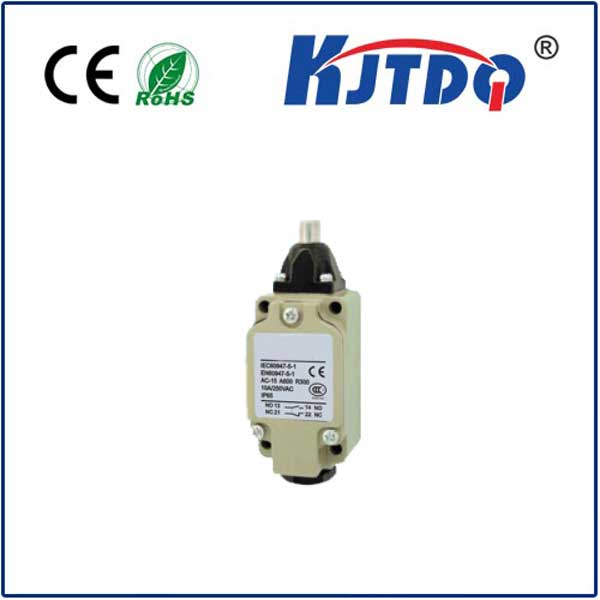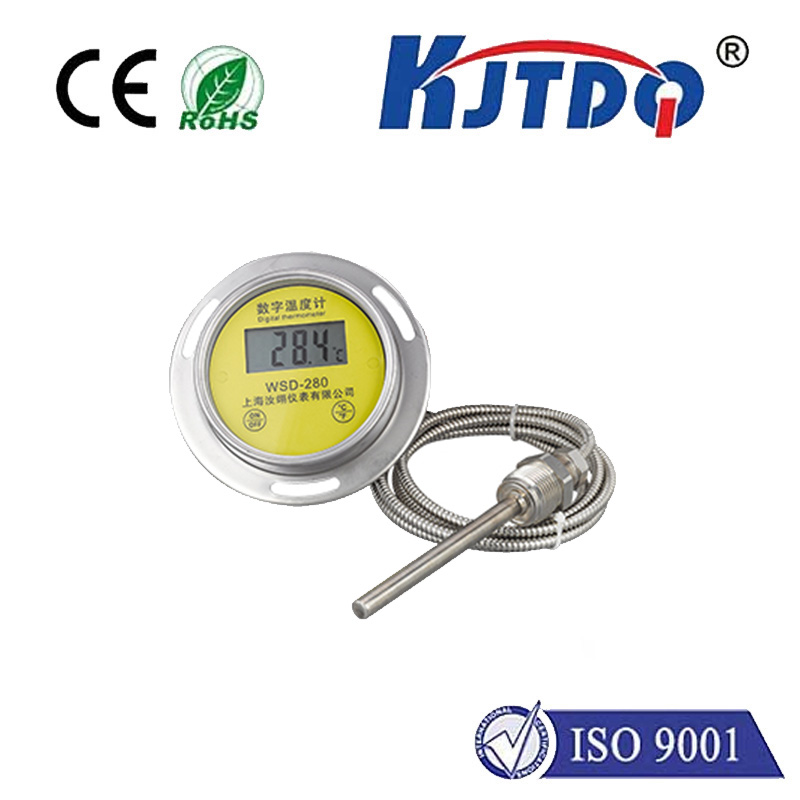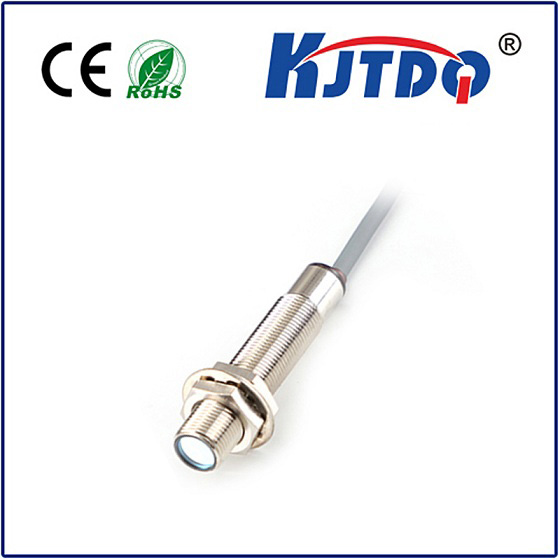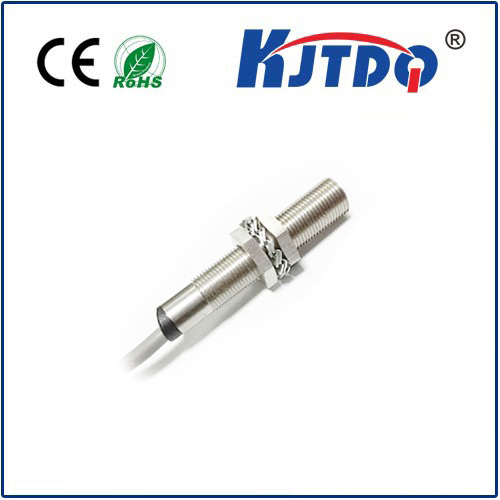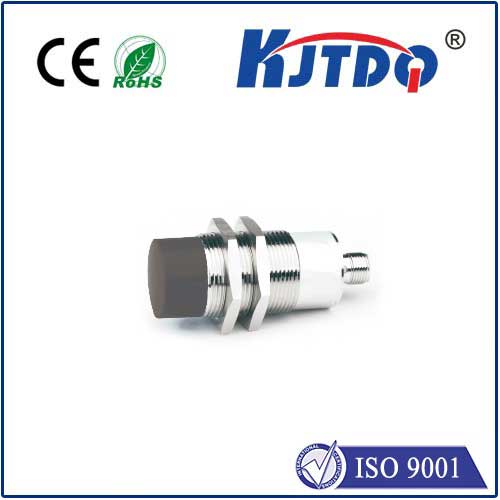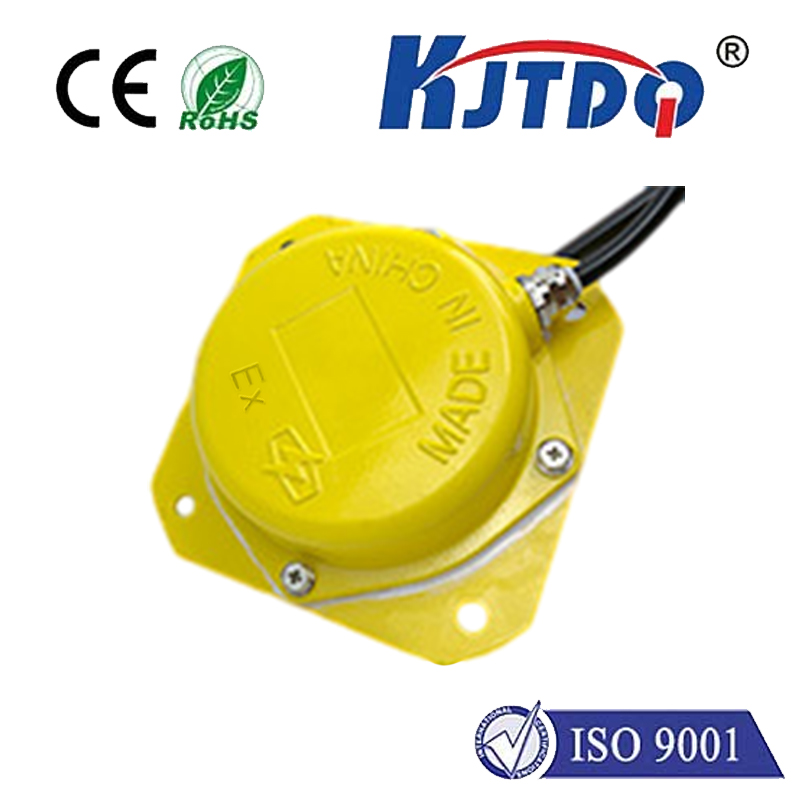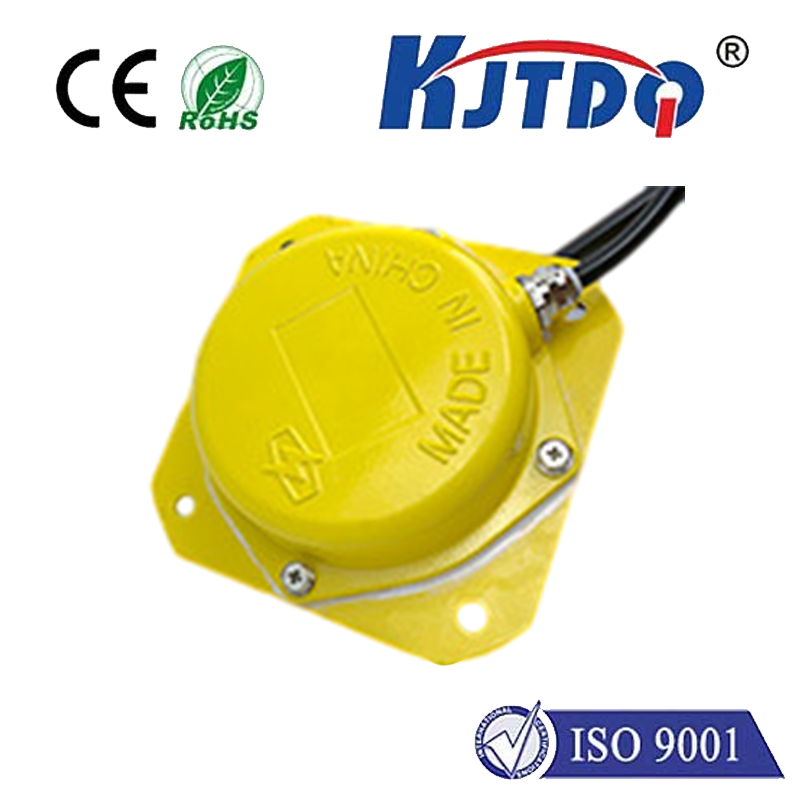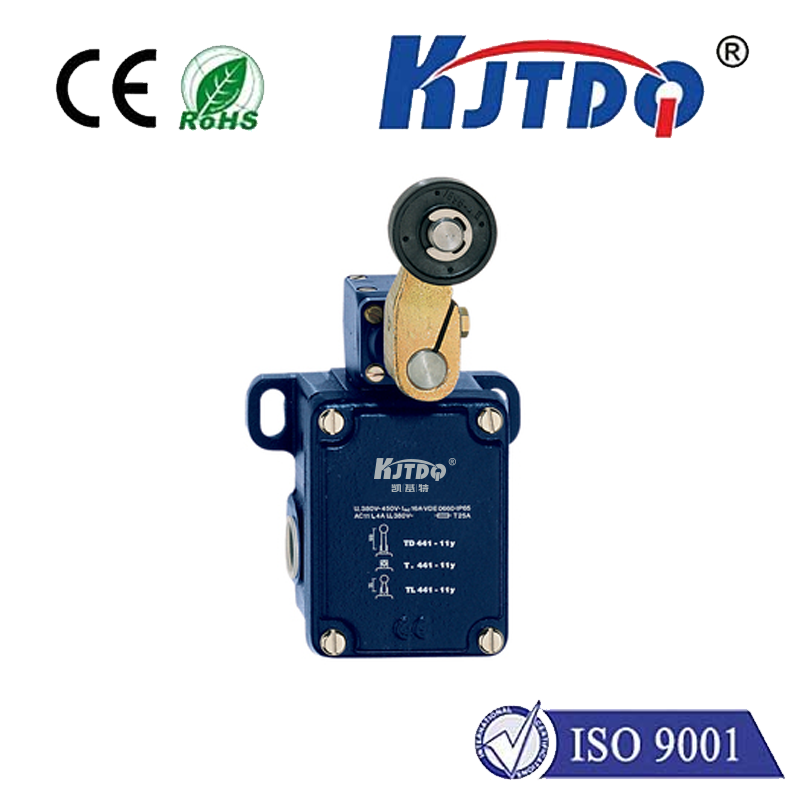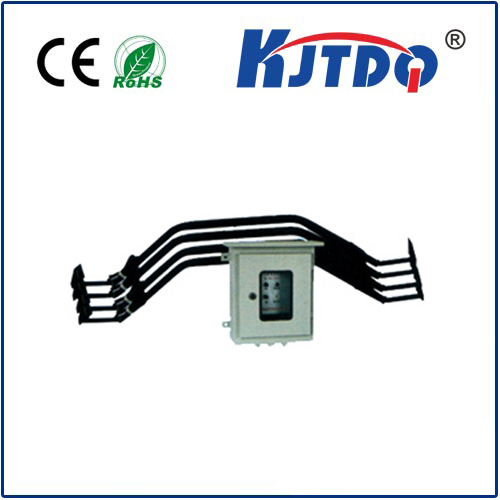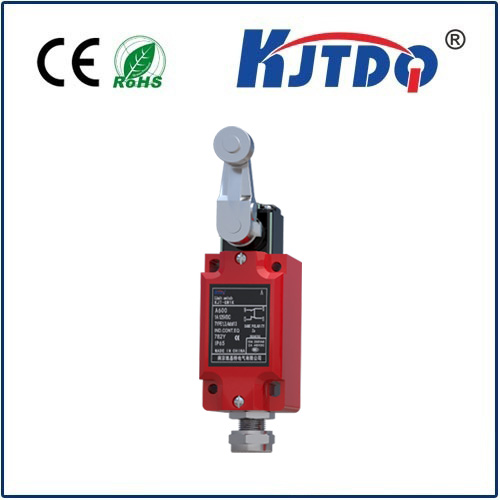
check

check

check

check
Title: The Innovative Design of Leverless Limit Switches
Introduction
A limit switch is a type of sensor that is used to detect the presence or absence of an object. It is commonly used in industrial automation systems to control machine functions such as starting, stopping, speed regulation, and positioning. Traditionally, limit switches have been designed with a lever that activates the switch when pressed by an object. However, with advancements in technology, there has been an increasing demand for leverless limit switches that offer improved functionality and design flexibility.
What is a Leverless Limit Switch?
A leverless limit switch is a type of limit switch that does not require a physical lever to activate it. Instead, it uses magnetic, capacitive, or inductive sensing technologies to detect the presence or absence of an object. This innovative design eliminates the need for moving parts, making the switch more robust and reliable than traditional designs. It also allows for greater flexibility in installation and positioning, as the switch can be mounted on any surface without the need for a specific lever mechanism.
Benefits of Using Leverless Limit Switches
Leverless limit switches offer several benefits over traditional designs, including:
1. Improved Reliability: Without moving parts, leverless switches are less likely to fail due to wear and tear or mechanical breakdowns. This makes them ideal for applications where high reliability is crucial, such as safety interlocks and critical process controls.
2. Greater Flexibility: Since leverless switches do not require a specific lever mechanism, they can be mounted on any surface and positioned according to the requirements of the application. This makes them highly versatile and suitable for use in a wide range of industries and applications.
3. Reduced Maintenance Costs: With no moving parts, leverless switches require less maintenance than traditional designs. They are also easier to clean and maintain because there are no small parts or crevices where dirt and debris can accumulate.
4. Compact Design: Leverless switches are typically smaller and more compact than traditional designs, making them ideal for use in tight spaces or where space is at a premium.
Applications of Leverless Limit Switches
Leverless limit switches are used in a wide range of applications across various industries, including manufacturing, packaging, material handling, and conveying. They are commonly used to control machinery functions such as starting, stopping, speed regulation, and positioning. Some specific applications include:
1. Conveyor Control: Leverless switches can be used to detect the presence or absence of objects on a conveyor belt and control the speed and direction of the belt accordingly.
2. Machine Safety: Leverless switches can be used as safety interlocks to prevent unauthorized access to hazardous machinery or processes.
3. Level Monitoring: Leverless switches can be used to monitor the level of liquids or solids in tanks or hoppers and trigger alarms or control systems when levels fall outside pre-set parameters.
Conclusion
In conclusion, leverless limit switches offer significant advantages over traditional designs in terms of reliability, flexibility, maintenance costs, and design flexibility. With their innovative design and advanced sensing technologies, leverless switches are ideally suited for use in a wide range of industries and applications where high performance and reliability are essential. As technology continues to evolve, we can expect to see even more innovative solutions emerge that further improve the functionality and design flexibility of limit switches.
